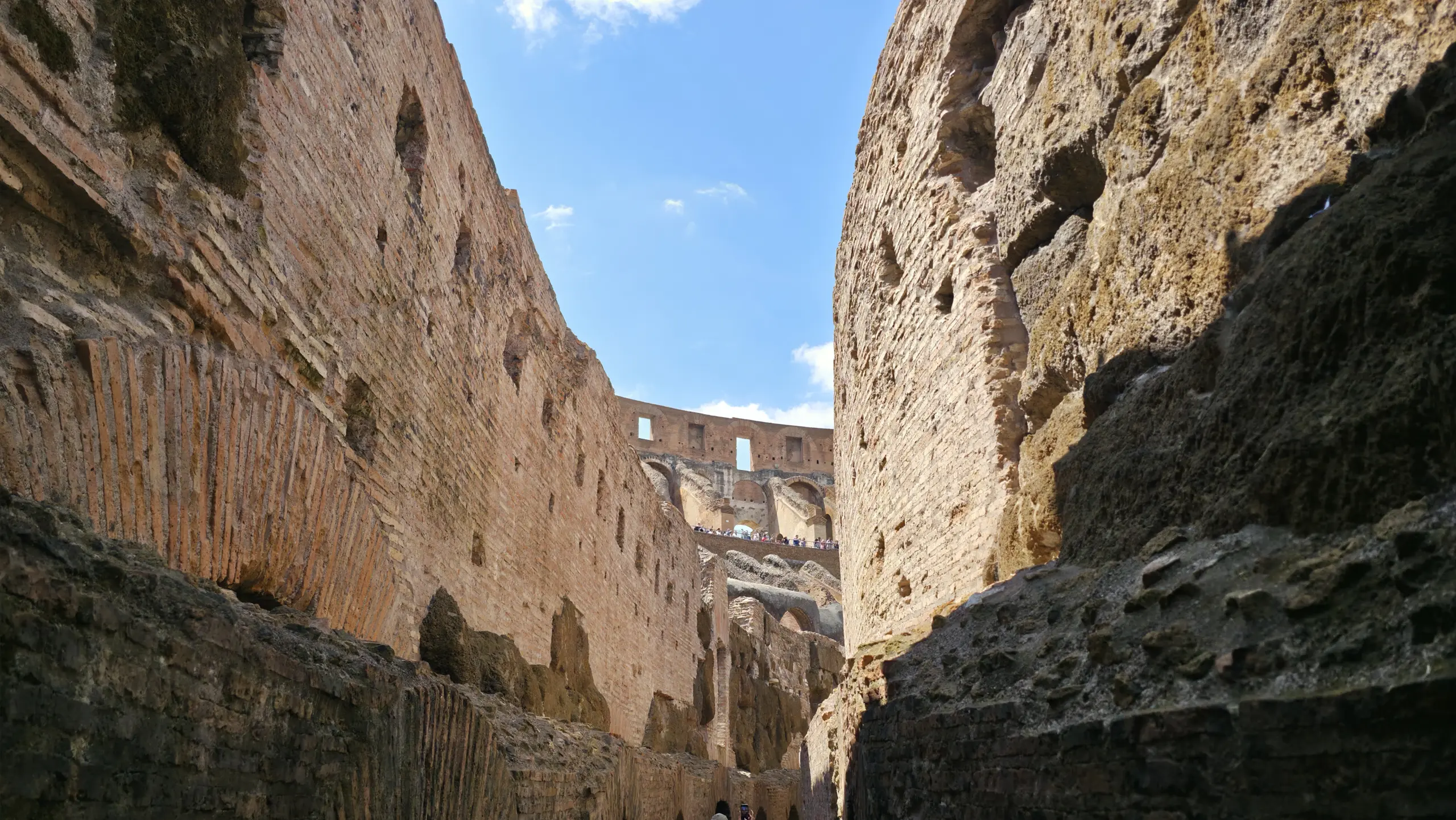Ciao amici esploratori 🌍⛏️ Some places take your breath away. Others make you hold it. Visiting the Colosseum underground did both. After exploring the grandeur of Rome‘s most iconic monument from the outside and the upper tiers, I knew there was more. Beneath the arches and sunlight lies a world few see — the Hypogeum. A hidden labyrinth of tunnels, chambers, and mechanisms that once powered the greatest spectacle on earth.
🏛️ Entering the Hypogeum
Accessing the underground Colosseum is only possible through a guided tour, and it’s absolutely worth it. As I stepped past restricted gates and descended into shadow, the temperature dropped, and the atmosphere shifted completely. The air was damp, cool, and surprisingly still. The noise of the crowd above faded, replaced by the subtle crunch of stone beneath my shoes.
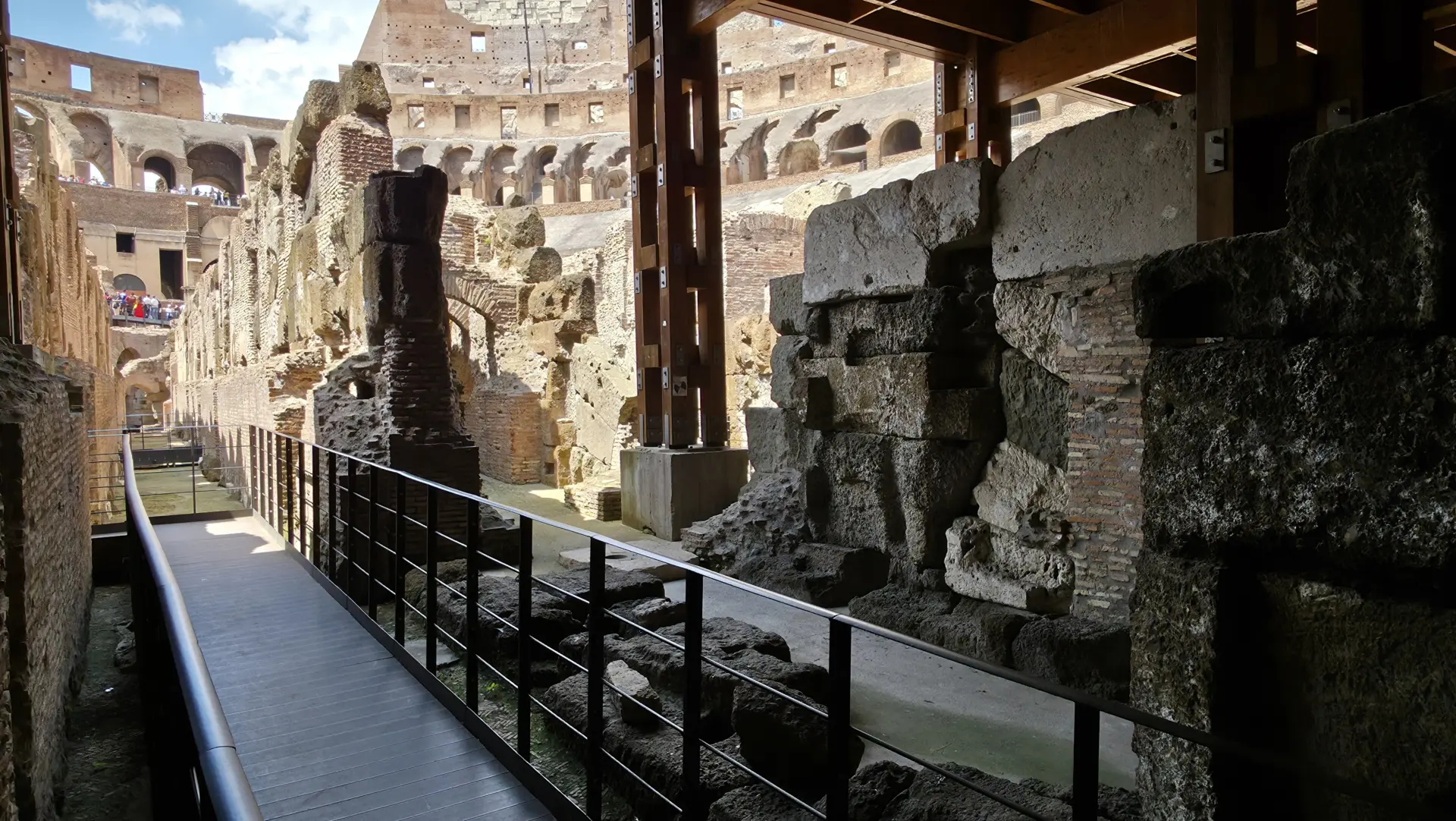
My first glimpse? A worn, open shaft where animals and men once rose into daylight, launched by ancient elevators. It was chilling. Beautiful. Real. This was the beating heart of the arena. A backstage space where gladiators prepared, animals were kept, and stage crews worked like clockwork to create magic, and mayhem, above.
🧱 What Lies Below
The Hypogeum is a two-level subterranean network of stone corridors, trap doors, pulley systems, and holding pens. Ingenious wooden elevators once lifted lions, tigers, bears, and sometimes gladiators, into the arena without warning. Our guide told us stories of elaborate setups where dozens of animals would appear at once for maximum shock. You could picture it: the rumble of the lift, the sudden sunlight, the roar. Above, the sun blazes and tourists chatter. Below, the stone swallows sound. The silence here is thick, not empty, but heavy with memory. It’s not a museum. It’s a moment in time, held in place.
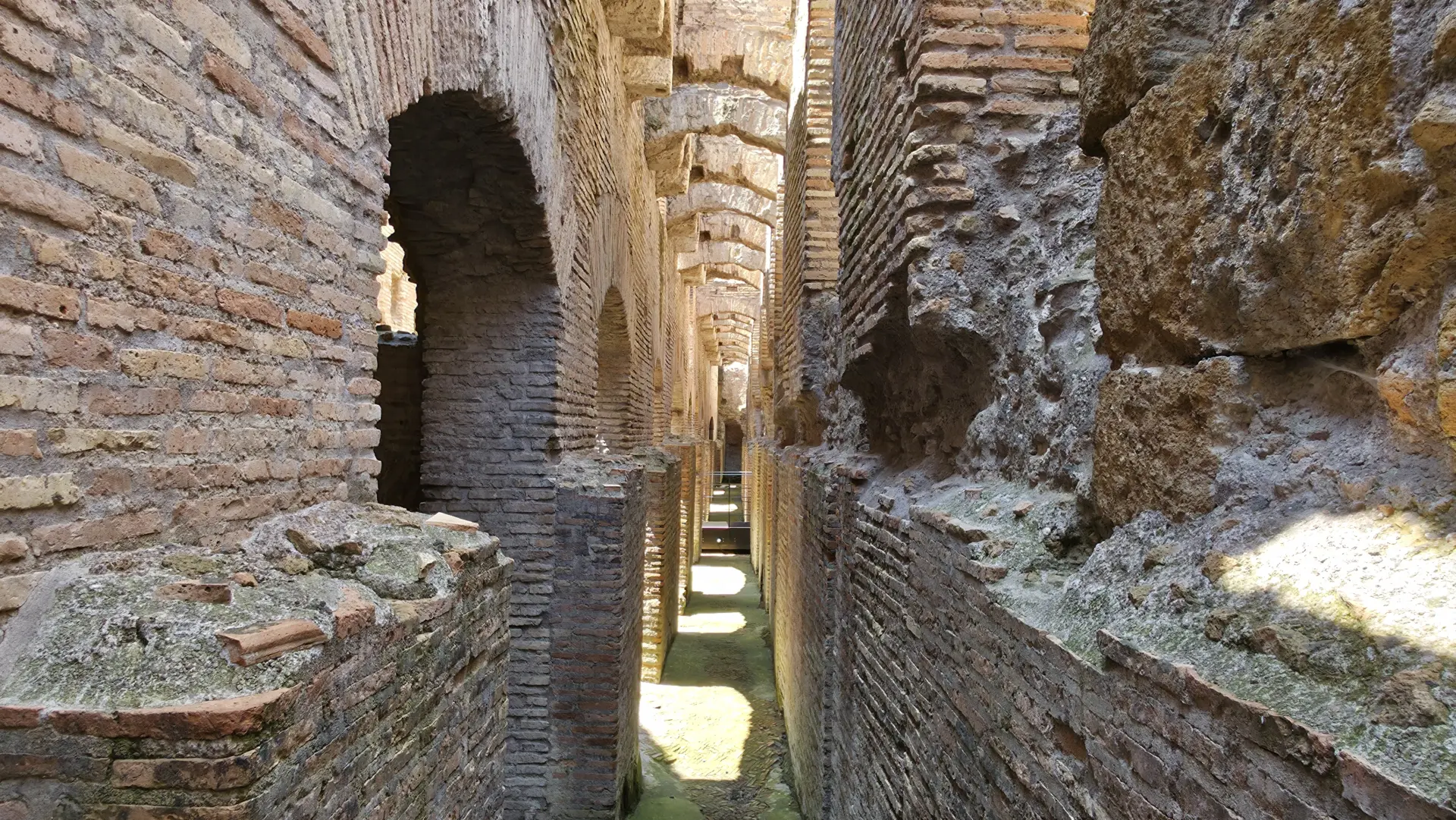
🏛️ History in the Shadows
The Hypogeum wasn’t part of the original Colosseum, built in 80 AD. It was added later under Domitian, Vespasian’s son, to raise the drama. Before that, the arena was a flat surface. But the Romans, innovators of entertainment, wanted more. With the Hypogeum came more spectacle. But also more cruelty. Animals, who had never seen light, were raised into a shouting crowd. Fighters, pacing in silence, rose to face either victory or death.
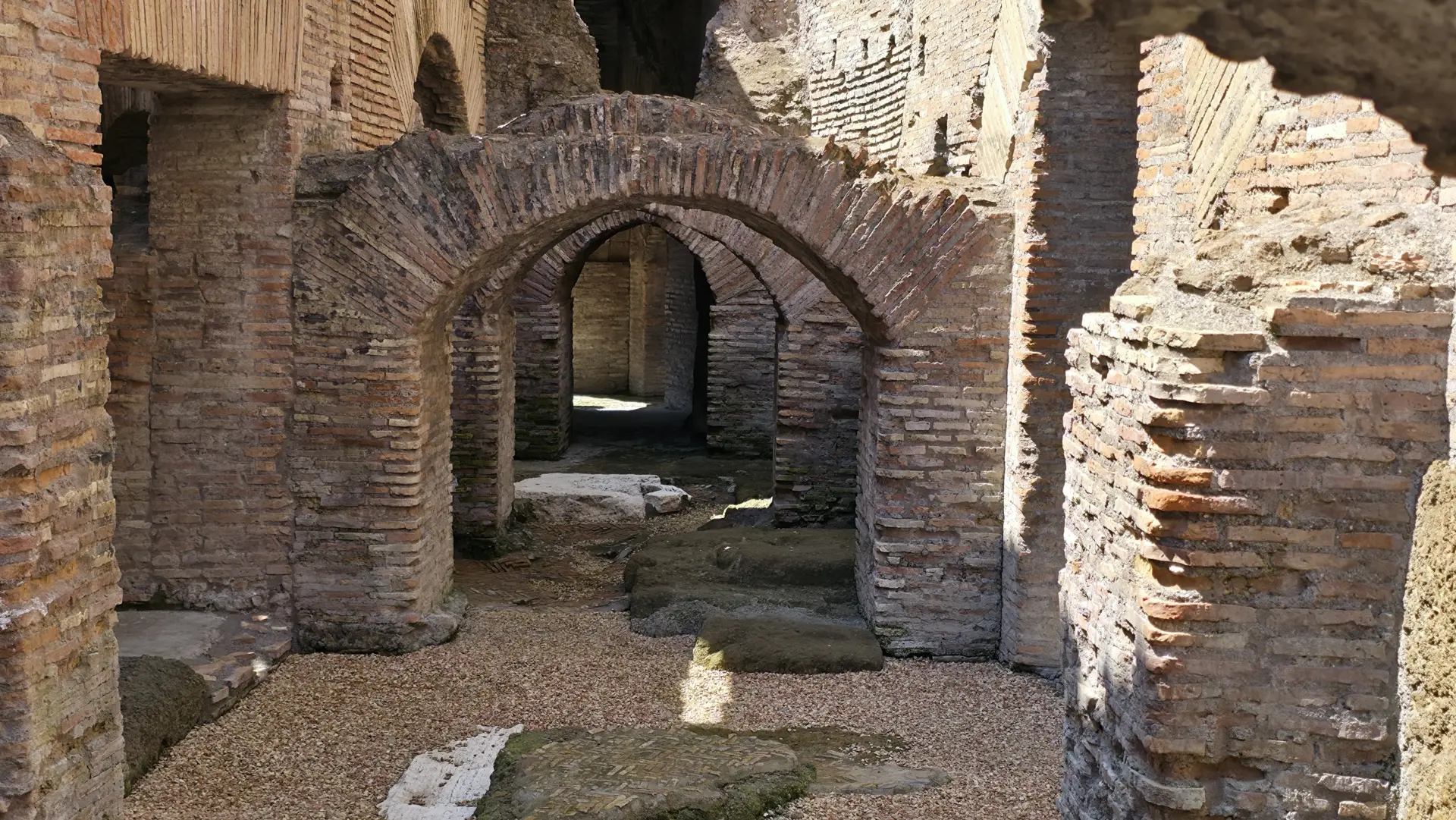
We passed remnants of iron fittings, drainage systems, and narrow passageways that looked like they hadn’t felt footsteps in years. It was humbling. The Hypogeum reveals not the glory of Rome, but its grit.
📍 Tips for Visiting
- Reserve in advance: Underground access is limited and sells out quickly.
- Wear comfortable shoes: The ground is uneven and parts are slick.
- Go with a guide: The context and storytelling make a huge difference.
- Combine it with the arena floor and Roman Forum: Most guided tours include all three.
- Visit in the morning or late afternoon: The light is soft and the space quieter.
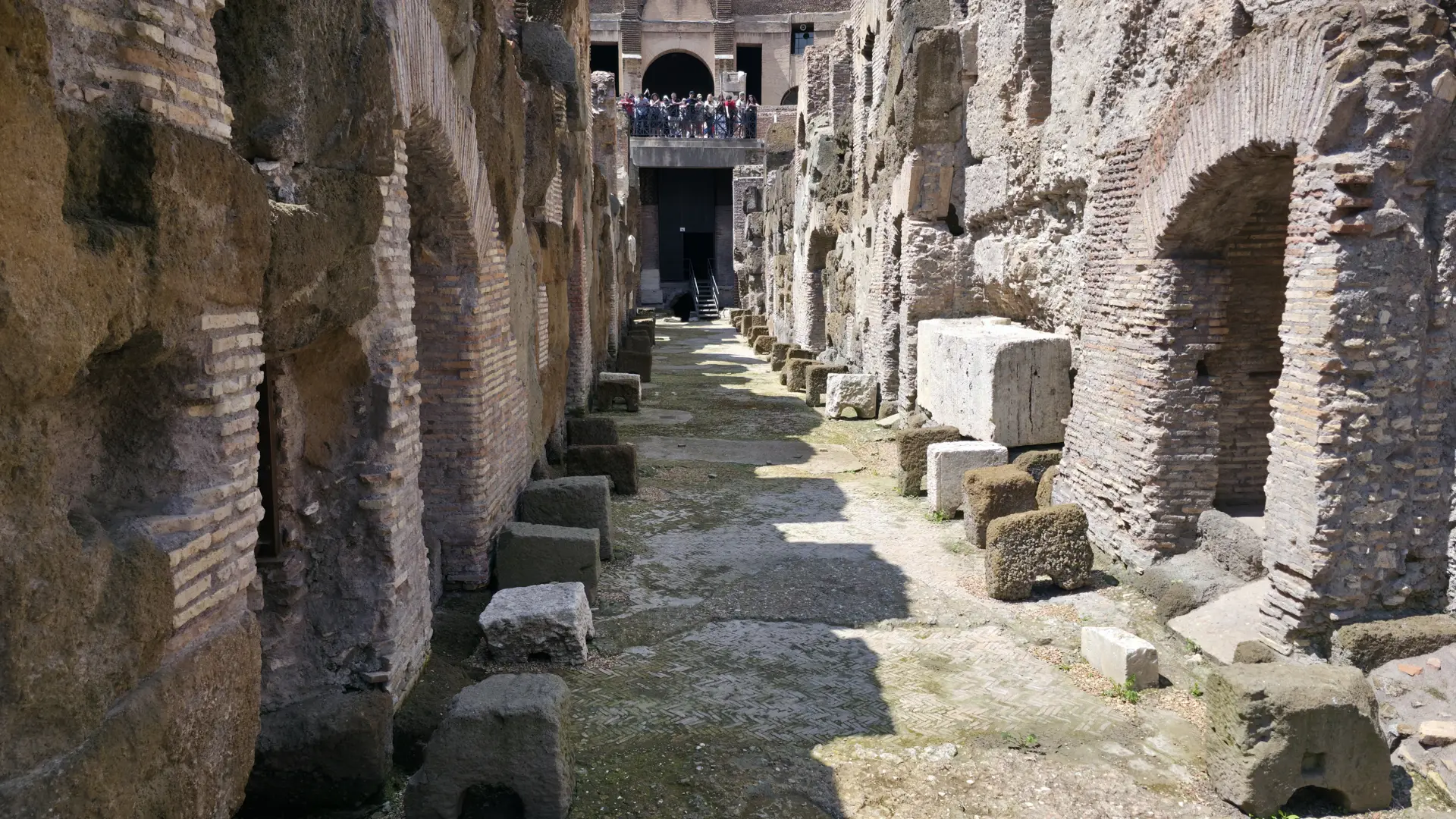
The Colosseum from above is glory. The underground is truth. It tells the untold stories, of the fighters who waited, the workers who labored, and the animals who roared before the crowd ever saw them. In the silence of those chambers, I felt the full weight of what it meant to be human in ancient Rome, to fight, to fear, to endure.
Down here, centuries don’t feel distant. They feel close. Breathing. Echoing. If you loved Gladiator, this is the space where Maximus would have knelt in silence before the gates opened. If you’ve walked the arena floor, come back again, and go deeper.
Because down here, under the sand and stone, is where the empire whispered.
xoxo,
Bubbly 💖

